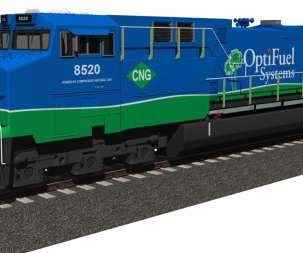MIT team proposes SCR emission control for hybrid aviation turbines; reducing NOx by 95%
Green Car Congress
JANUARY 15, 2021
At cruising altitude, airplanes emit a steady stream of NO x into the atmosphere, where the chemicals can linger to produce ozone and fine particulates. Due to its size, any SCR system will likely need to be housed in the aircraft body, potentially making it most suitable for future hybrid- or turbo-electric aircraft designs.

















Let's personalize your content